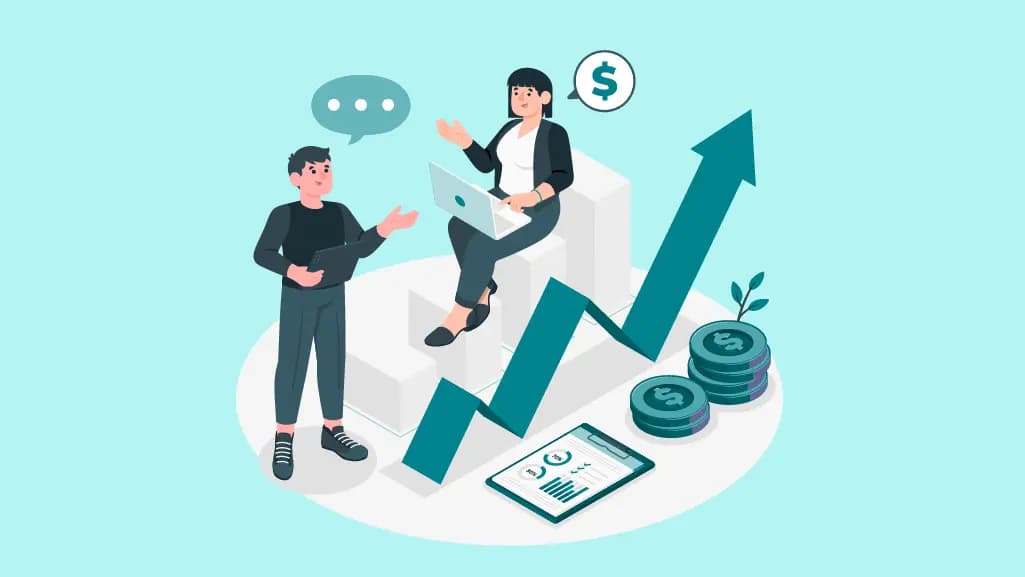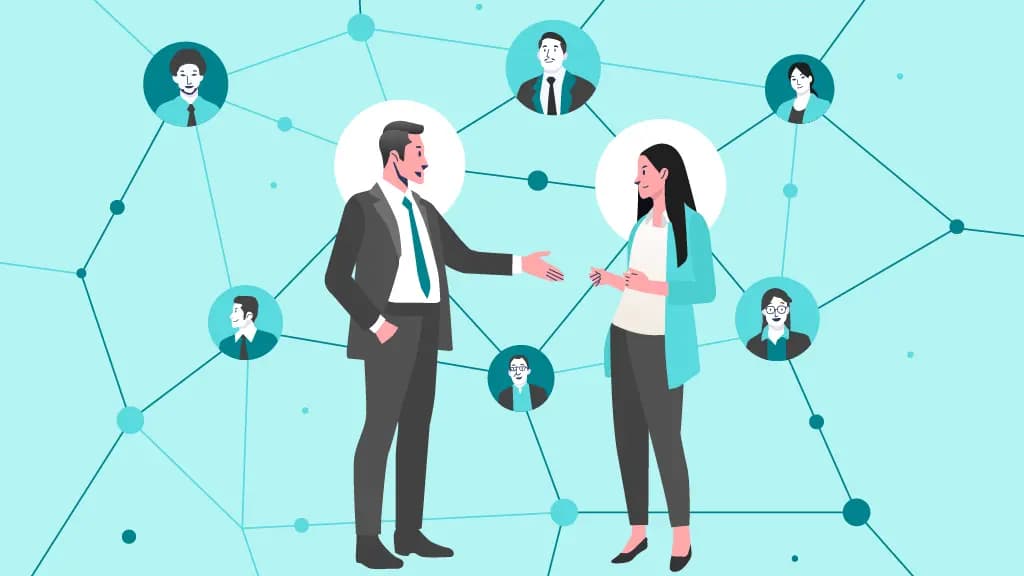Gamification and Engagement: Using gamification to boost participation and employee engagement in wellness programs

Team AdvantageClub.ai
March 28, 2025

Nowadays, companies are enthusiastically investing in wellness programs to encourage healthier lifestyles, but they often face a common hurdle—low employee participation. Employees sometimes see these programs as just another task rather than an opportunity to improve their well-being. Without the active involvement of employees, the full benefits of wellness programs—like lower absenteeism, higher productivity, and better morale—are hard to achieve. A powerful solution to this issue is workplace gamification for employee engagement.
Wellness programs can be made more engaging and fun by adding game-like elements such as rewards, friendly competitions, leaderboards, and progress tracking. TechReport’s survey found that gamification increases employee engagement by 48%. Additionally, around 90% of survey respondents admit that workplace gamification boosts productivity. These numbers indicate that gamifying the workplace not only furthers motivation but also improves the overall impact of wellness initiatives.
Understanding Gamification in the Workplace
Incorporating gamification into the workplace involves integrating game-like elements—such as competition, rewards, and recognition—into everyday tasks to enhance engagement and enjoyment. Studies, including insights from M2 Research, highlight that gamification can boost engagement metrics by 100% to 150%. This approach leverages the natural motivation people have for games and channels it into their professional lives.
Key Elements of Gamification in Corporate Wellness
1. Challenges
2. Rewards
3. Leaderboards
4. Feedback Loops
How Workplace Gamification Enhances Employee Engagement and Motivation
Gamifying the workplace goes beyond wellness programs. It’s a dynamic approach that can transform how employees engage with their work and training. By introducing game-like elements, companies can inspire greater participation and create more meaningful learning experiences. In fact, according to a Gartner report, well-designed gamification apps can improve user engagement and drive customer acquisition and retention.
Employee disengagement remains a constant challenge, and efforts to spark enthusiasm often fail. According to HBR, thoughtful implementation of gamification elements in the workplace offers significant potential to address this issue. With an enhanced sense of community, competition, and achievement, employees feel more connected to their work and wellness goals. Employees participate actively and consistently in wellness programs.
Organizations can tap into both intrinsic and extrinsic motivation with corporate gamification. It fuels a sense of accomplishment and encourages participation. Whether it’s completing challenges or earning rewards, employees stay engaged longer. Gamifying the workplace has become the new norm for boosting long-term involvement in wellness programs.
1. Enhanced Teamwork
2. Effective Skill Development
3. Increased Job Satisfaction
Strategies for Implementing Gamification in Wellness Programs
1. Setting Goals
2. Designing Challenges
3. Selecting Reward Systems
4. Leveraging Digital Tools
The Role of Gamification in Corporate Wellness Programs
Gamification for employee engagement has breathed new life into corporate wellness programs. It turns routine initiatives into engaging and interactive experiences. By bringing game-like elements into the workplace, companies can inspire employees to take charge of their well-being in a more meaningful way.
1. Physical Activity
2. Mental Wellness
3. Healthy Eating Habits
Measuring the Impact of Gamification on Wellness Programs
1. Participation Rates
2. Employee Feedback
It is important to ask employees for feedback to understand their experience with the gamified wellness program. Surveys, focus groups, and casual chats can help reveal how satisfied employees are and what might need to be adjusted. Listening to employees and adapting the program to their preferences will help maintain long-term engagement and excitement.
3. Health Outcomes
Overcoming Challenges in Gamifying Wellness Programs
Gamification and employee engagement can bring a lot of excitement and energy to wellness programs, but it’s not without its challenges. In fact, many employees stop engaging with the program. Why? It often comes down to feeling disconnected or left out. According to LinkedIn, research shows that data-driven approaches to employee well-being seem to yield higher returns for employees and organizations. Here are some savvy ways to tackle these issues head-on and keep your wellness programs booming.
1. Continuous Feedback
2. Updates to Challenges
3. Personalized Rewards
We all feel more motivated when the rewards resonate with us personally. Research shows a correlation matrix of 0.180 % between job performance and incentives, including better healthcare. Whether it’s giving employees the option to choose between gift cards, fitness gear, or even extra time off, making rewards personal shows that you’re paying attention to what matters to them. Personalization goes a long way in making people feel truly valued. Your employees will feel more connected, engaged, and motivated every step of the way.
Best Practices for Maximizing Engagement Through Gamification
Recent research shows that workplace gamification strategies can support companies in their digital transformation efforts, boost employee engagement, foster innovation in the workplace, and even contribute to enhancing environmental sustainability initiatives. However, it’s not just about having a gamified system in place—the real key is how you implement it. Here’s how companies can get the most out of gamification by focusing on a few simple best practices:
- Clear Purpose and Mission:
For a wellness program to truly connect with employees, it needs a clear and meaningful purpose. Employees should feel that their participation contributes to their personal well-being and the broader goals of the company. For instance, a program that encourages not just physical health but mental well-being, too, is likely to strike a chord with a wider range of participants. - Empower Employees:
Corporate gamification works best when employees feel empowered. Providing tools like fitness trackers, health apps, or even personalized challenges gives employees control over their progress. Pair this with consistent feedback and recognition, and engagement levels will skyrocket. Employees will feel valued, and their motivation to stay involved will increase. - Consistent Feedback:
People love to know how they’re doing, and feedback plays a vital role in this process. Regular updates through leaderboards, progress reports, or notifications not only keep employees motivated but also show them that their efforts are recognized. The feedback mechanism promotes a culture of continuous improvement, where employees are eager to stay on track and push for better results
How AdvantageClub.ai can help?
Focused Well-Being for a Healthier & Happier Culture
At the core of Advantage Care is a commitment to creating an environment that supports employee health and happiness. Our range of features are tailored to meet your diverse needs, they include:
1. Stepathons
2. Habit Tracker
3. Team Challenges
With Team Challenges, employees can engage in friendly competition with their colleagues. These challenges encourage collaboration and foster camaraderie as teams work together to achieve collective health goals. Whether it’s walking more steps or adopting healthier eating habits, team challenges provide an added layer of motivation and excitement





